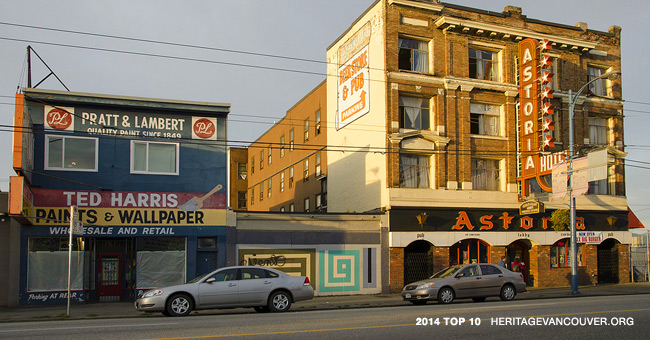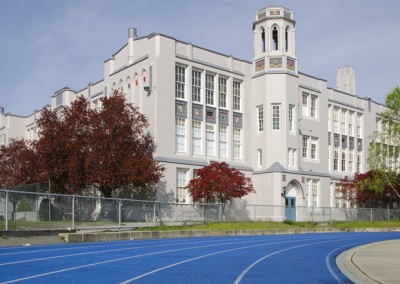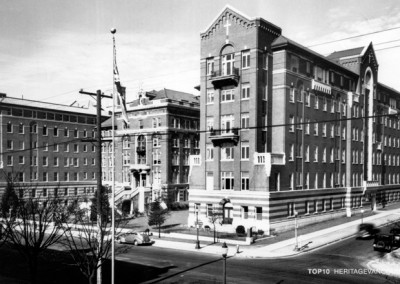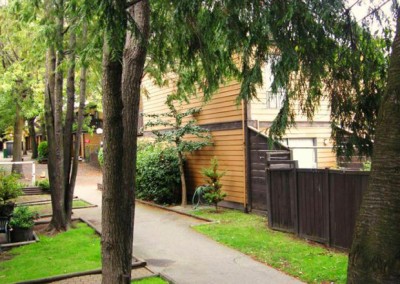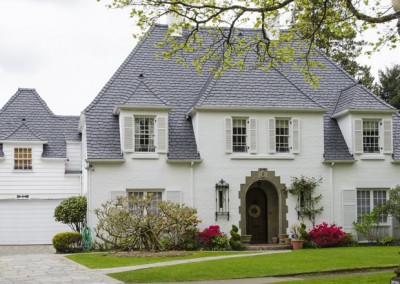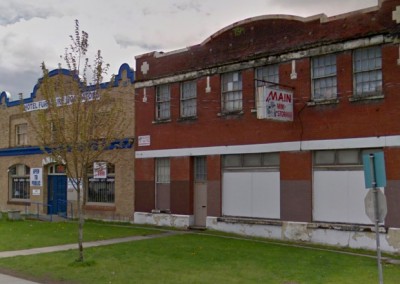In 1996, Vancouver City Council approved a policy to “let go” of the industrial frontages along East Hastings from Heatley Avenue to Victoria Drive. The draft Local Area Plan proposes the creation of a ‘high-street’ along East Hastings from Heatley to Clark as a part of the renewal of the area.
Ill-considered development along this corridor could impact critical heritage and cultural landmarks at an accelerating rate. Unrecognized but important heritage assets remain unprotected and could be lost, or could alternatively be retained and rehabilitated to serve as a basis for a renewed local shopping area.
Threat
What is the threat to the East Hastings Area?
In 1996 Council policy to “let go” of the industrial frontages reads:
“If the site is located in an area “let go” in 1990, including South-east False Creek, Hudson Street Industrial Area, Hastings Street frontage, and Cedar Cottage, new uses will be permitted once appropriate policies for land use and public requirements have been established.”
In practice, this has meant near-guaranteed approvals for rezoning applications that propose to replace existing industrial uses with mixed residential and commercial uses. While initially the policy had little impact, in recent years growth pressure from an expanding Downtown peninsula has accelerated this process.
Last year the City approved a renewed Downtown Eastside Local Area Plan (DTES LAP). The new plan solidifies the East Hastings “let-go” area with a specific land-use policy and density projections; concept images show both sides of the street lined with four to six storey residential buildings on top of street level retail.
Our specific concern is with the blocks between Heatley Street and Campbell Drive. There are at least four heritage assets that remain unprotected and could be subject to redevelopment and demolition at any time. These, and other unrecognized but important heritage assets, remain largely unprotected by the City of Vancouver’s Heritage protection framework and could be lost.
Significance
Why is this section of East Hastings significant?
Strathcona is one of Vancouver’s oldest European settlements. It is recognized among Vancouver’s most livable neighbourhoods, with a unique mix of housing typologies, low-rent industrial/craft spaces and generous green spaces, but with a limited number of local shopping options.
The current DTES LAP proposes to create a ‘High Street’ along the blocks from Heatley to Clark as a part of the renewal of the area. While we support these efforts, we note that without immediate action to protect existing heritage assets in this area, they could disappear almost literally overnight.
Specific examples of properties from the East Hastings High Street that could be included in a revitalized heritage protection framework might include:
- The Silver Slipper, (828 East Hastings Street; built 1928) one of Vancouver’s oldest dance and community halls and a long-time cultural hub for everything from political parties and poetry readings to punk shows up until its present use as a table tennis and flamenco dance centre.
- Ted Harris Paints, (757 East Hastings Street; built 1910) a nine decade-old neighbourhood landmark, particularly its large neon sign.
- The Astoria, (769 East Hastings Street; built 1912) a historic bar and hotel and critical part of Vancouver’s live music infrastructure.
- Gulf+Fraser Financial, (803 East Hastings Street) an attractive modernist commercial building with historic links to the industrial waterfront community.
The needless loss of these important cultural or architectural buildings, in favour of anonymous four and six-storey apartments with unremarkable commercial storefronts, would impoverish the urban fabric of the East Hastings corridor as well as the city as a whole.
The nature of the corridor’s zoning means that many development projects will have to undergo a rezoning process to achieve their goals; this gives the City leverage to ensure the protection of potential heritage assets using traditional heritage protection frameworks as well as perhaps test out new policy tools that will arise out of the Heritage Action Plan.
Position
Heritage Vancouver’s position
We applaud the City of Vancouver for committing to the Heritage Action Plan in 2013, as well as proposing to expand specific heritage protection and rehabilitation policies as a part of the Downtown Eastside Local Area Plan (DTES LAP). We recommend that the proposed Hasting Urban Design Framework include general guidelines on heritage as well as specific protection for certain at-risk properties.
The creation of a thriving High Street for the East Hastings/Strathcona Area would be greatly assisted by the identification, protection and rehabilitation of existing heritage assets.
We recognize that not all buildings in this area have heritage value. However, protecting those that do have heritage merit could create a series of charismatic anchors within more ordinary retail frontages. Studies have demonstrated that heritage buildings not only provide unique opportunities for retailers to distinguish themselves from their competitors but they also increase the land value and desirability of a shopping area.
We strongly encourage the City of Vancouver to:
Take both quick and long term actions to preserve the important character of Heatley to Campbell and create a high street for Strathcona:
Quick Actions:
- Immediately move to protect critical heritage assets before they are lost forever.
- Identify, evaluate and protect specific properties along the corridor to serve as historic anchors to a revitalized local-serving retail district.
- Create a clear definition of the East Hastings Area, one that recognizes the historic connections between neighbourhoods located to the north and south sides of the corridor.
Medium/Long Term Actions:
- Leverage the rezoning process to ensure assets are restored and protected into the future. Encourage inclusive local retail and services while maintaining a historically mixed-use land base.
- Extend RT-3 Zoning to protect existing heritage housing stock north of Hastings Street in the same way it does south of Hastings, particularly in the Strathcona area.
Actions
What you can do
We strongly encourage the people of Vancouver to:
- Consider locating shops to serve the community in the existing buildings
- Let the City know what obstacles are in the way of locating shops here, and work with them to remove the obstacles
- Work with the BIA and local groups to create a shopping area that reflects the nature of this community and allows people to walk to local shopping rather than drive
- Let the city know what you like about this section of Hastings and what buildings and other elements of the street you would like to see retained and refurbished
